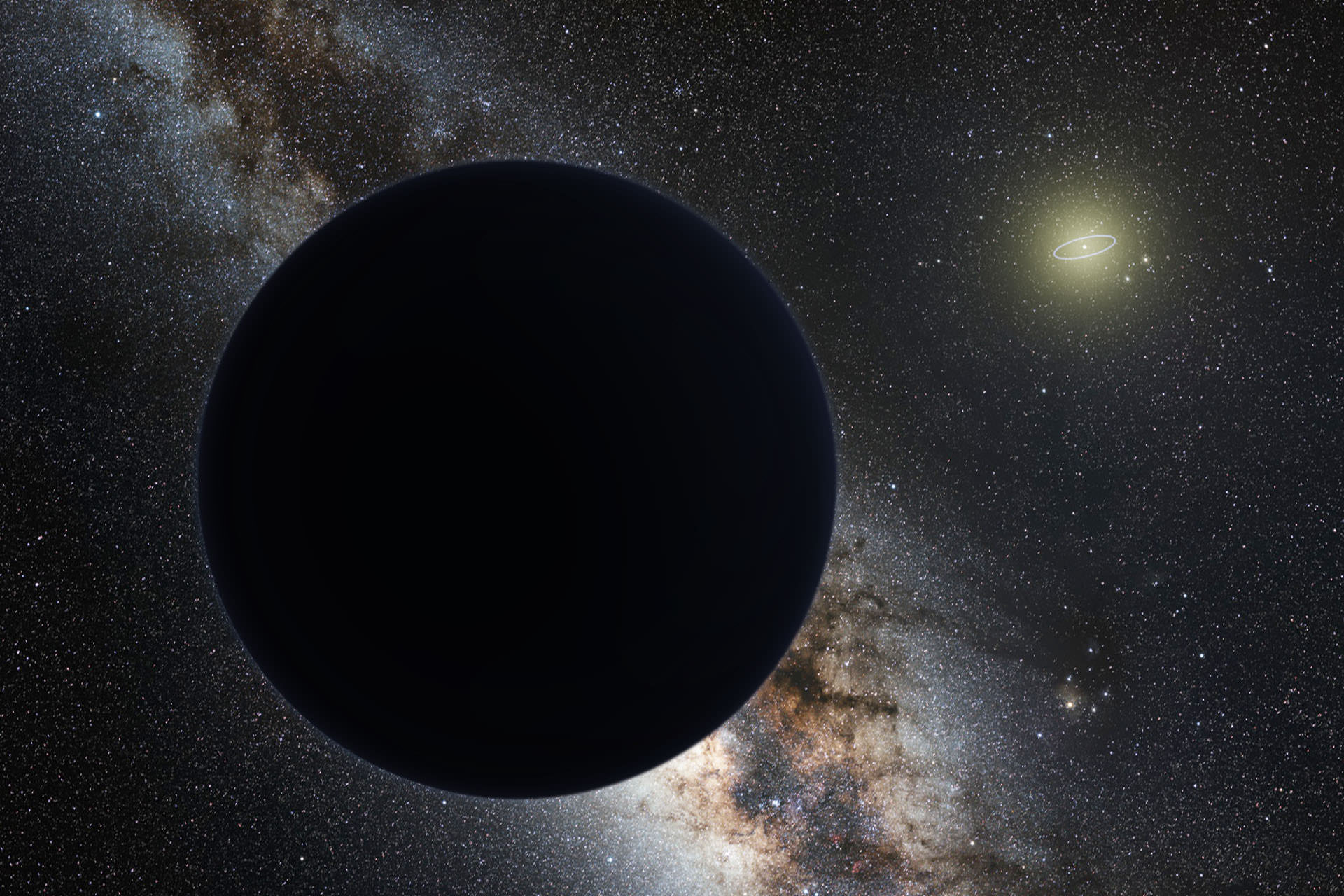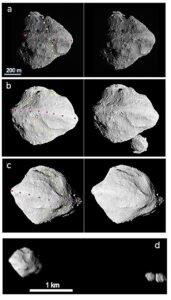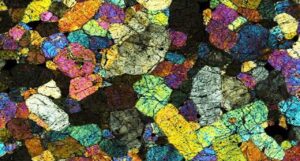Is another undiscovered planet lurking in the far reaches of our solar system? Does it follow a distant orbit around the Sun in the dark realm of comets and other icy objects? For some researchers, the answer is “almost certainly.”
The case for Planet Nine (P9) dates back to at least 2016. That year, astronomers Mike Brown and Konstantin Batygin published evidence pointing to its existence. Together with their colleagues, they have since published other work supporting P9.
There is a lot of evidence for the existence of P9, but none of it has reached the threshold of definitive proof. The main evidence concerns the orbits of extreme trans-Neptunian objects (ETNOs). They show a peculiar group that indicates a massive object. P9 can track these objects in their orbits.
The names Brown and Batygin, both Caltech astronomers, appear frequently in connection with P9. They have now published another paper with their colleagues Alessandro Morbidelli and David Nesvorny, presenting more evidence in support of P9.
It is titled “Generation of low-inclination TNOs crossing Neptune from Planet Nine.” It was published in The Astrophysical Journal Letters.
“The distant parts of the Solar System show an abundance of anomalous dynamical structure, hinting at the presence of an as yet undiscovered, massive trans-Neptunian body – Planet Nine (P9),” the authors write. “Previous analyzes have shown how the orbital evolution induced by this object can explain the origin of a wide assortment of exotic orbits.”
To dig deeper into the problem, Batygin, Brown, Morbidelli, and Nesvorny studied trans-Neptunian objects (TNOs) with more conventional orbits. They performed N-body simulations of these objects, which included everything from the tug of giant planets and the Galactic Tide to passing stars.
29 objects in the minor planet database have well-characterized orbits with a > 100 au, inclination < 40° and q (perihelion) < 30 au. Of these 29, 17 have well-quantified orbits. The researchers focused their simulations on these 17.
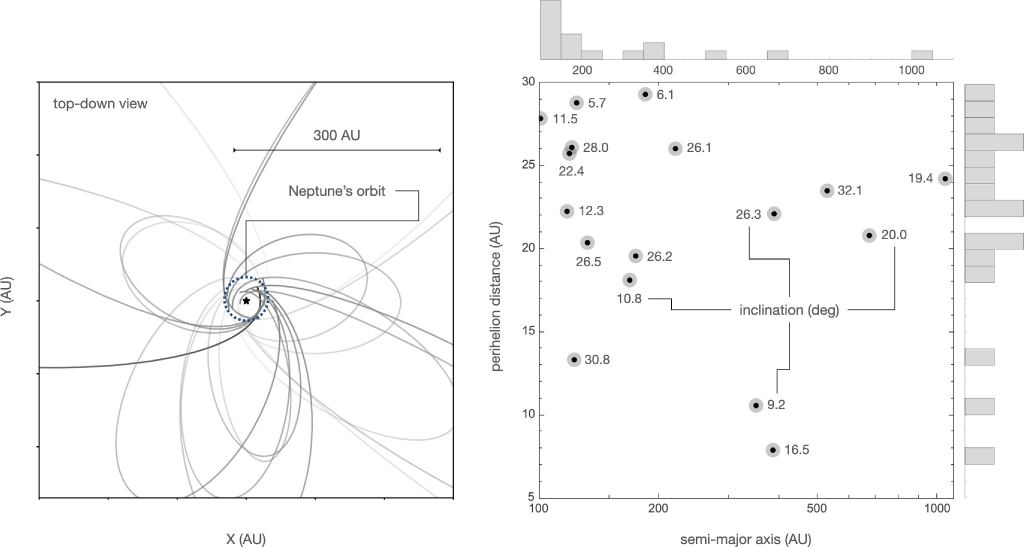
The researchers’ goal was to analyze the origin of these objects and determine whether they could be used as a probe for P9. To achieve this, they ran two separate sets of simulations. One set with P9 in the Solar System and one set without.
The simulations started in T=300 million years, which means 300 million years of the existence of the solar system. At that time, “the intrinsic dynamical evolution in the outer solar system is still in its infancy,” the authors explain, while enough time has passed for the progenitor star cluster of the Solar System to have dispersed and for the giant planets to have largely completed their migrations. They ended up with about 2000 objects or particles in the simulation with perihelions larger than 30 au and semimajor axes between 100 and 5000 au. This excluded all objects crossing Neptune from the initial conditions of the simulation. “Importantly, this choice of initial conditions is intrinsically related to the assumed orbit of P9,” they point out.
The figure below shows the evolution of some of the 2000 objects in the simulations.
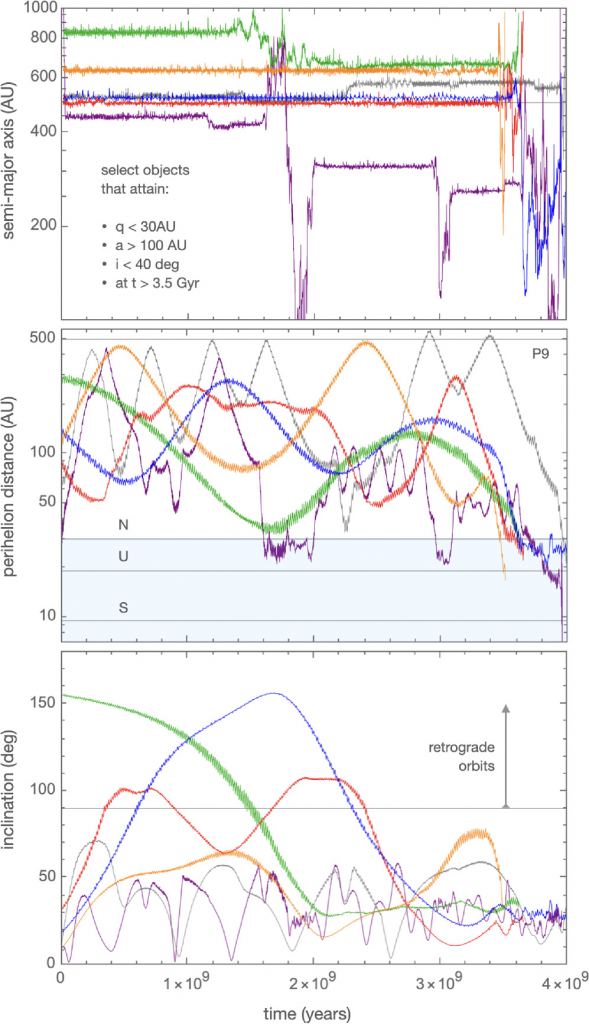
These are interesting results, but the researchers point out that they in no way prove the existence of P9. These orbits can be generated by other things like the Galactic Tide. In their next step, they examined the distribution of perihelion.

“Accounting for observational biases, our results reveal that the orbital architecture of this group of objects is consistent with the predictions of the P9-inclusive model,” the authors wrote. “In stark contrast, the no-P9 scenario is statistically rejected at ~5? confidence level.”
The authors suggest that something other than P9 may be causing the orbital recalcitrance. The star was born in a cluster, and the dynamics of the cluster could have set these objects into their unusual orbits before the cluster dispersed. A number of rogue Earth-mass planets may also be responsible, influencing the outer architecture of the Solar System for several hundred million years before being somehow removed.
However, the authors chose their 17 TNOs for a reason. “Because of their low inclinations and perihelion, these objects experience rapid orbital chaos and have short dynamical lifetimes,” the authors write. This means that whatever moves these objects into these orbits is ongoing, not a relic of the past.
An important result of this work is that it leads to false predictions. And we may not have to wait long for the results to be tested. “Excitingly, the dynamics described here, along with all other lines of evidence for P9, will soon face a rigorous test with the VRO (Vera Rubin Observatory) operational launch,” the authors wrote.
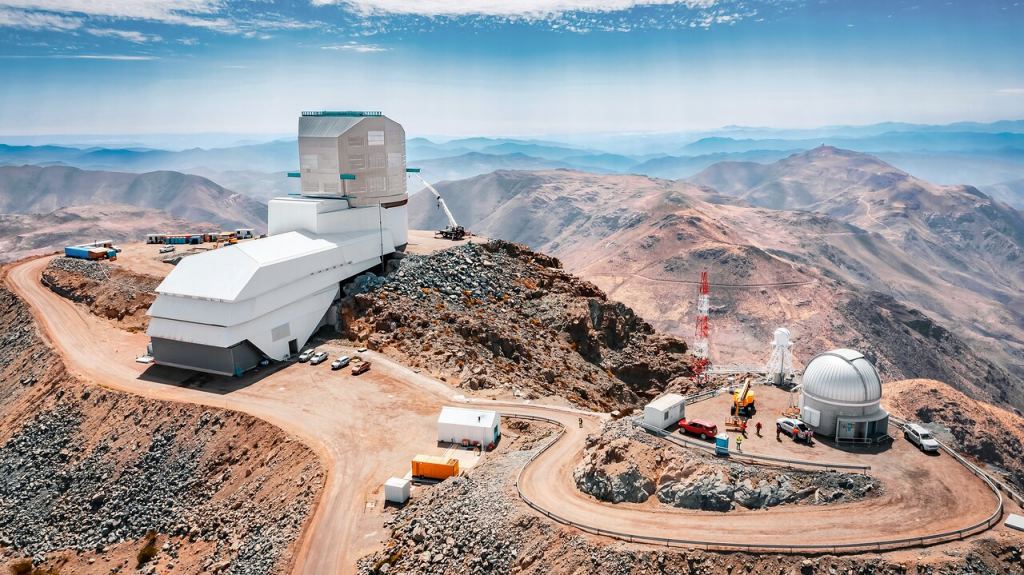
If P9 is real, what is it? It could be the core of a giant planet ejected in the early days of the solar system. It could be a rogue planet that drifted through interstellar space until it was caught in the gravitational environment of our solar system. Or it could be a planet that formed on a distant orbit and was driven into its eccentric orbit by a passing star. If astronomers can confirm the existence of P9, the next question will be “what is it?”
If you are at all interested in how science works, the case of P9 is very instructive. Eureka moments are rare in modern astronomy. Evidence builds gradually, accompanied by discussion and counterpoint. Objections are raised and inconsistencies are pointed out, then methods are refined and thinking advances. What started as one overarching question breaks down into smaller, easier-to-answer questions.
But the big question dominates for now, and likely will for some time: Is there a Planet Nine?
Stay on the line.
